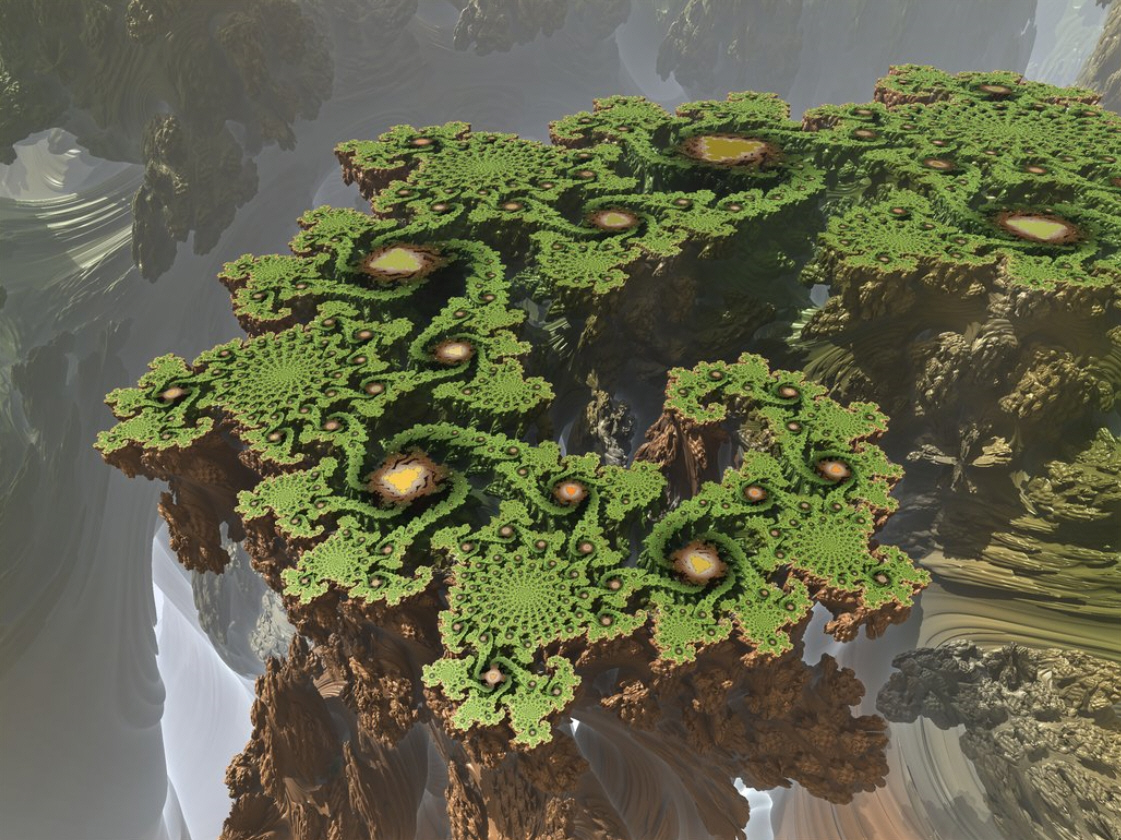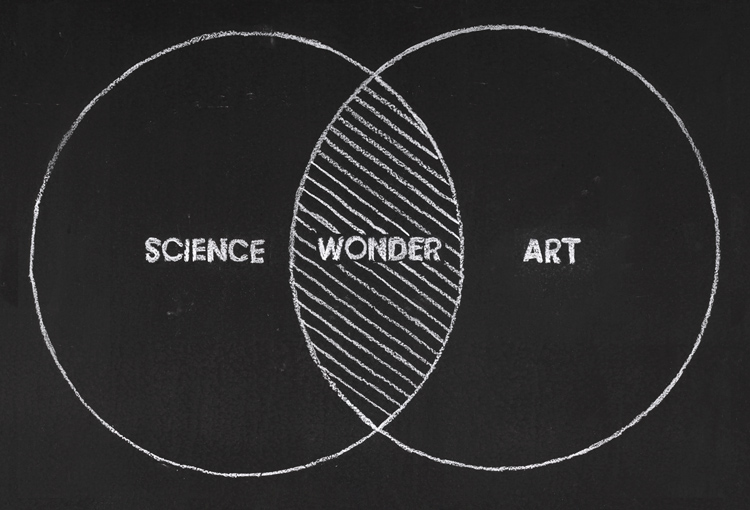Moving Onward
I identified many questions regarding the science explored and demonstrated in Buster Simpson’s art in Report #2. All of them were of an environmental bent. This is because Simpson’s work that imparts environmental narratives has been the most captivating to me thus far. The questions concern nurse logs, tetrapods, and root wads and are as follows:
Can only certain types of trees function as nurse logs? If so, what makes those trees more apt or capable than others?
What causes nurse logs, if they are indeed caused by something?
How does their decomposition protect the surrounding trees against disease?
Are tetrapods worth the cost of disrupting costal views and changing the nature of the beaches on which they are placed?
How does one decide where to place tetrapods?
How does one decide how many to use?
How are tetrapods managed and monitored?
How do root wads protect against erosion?
Are tetrapods and root wads essentially the same device but employed in different ecosystems?
After receiving peer feedback in class, as well as personal evaluation, I have decided to focus in on the study of nurse logs for the purposes of this project. That being said, I am sure more questions will arise as I begin to study them in depth. Already I have learned that they are more common in areas that receive large amounts of moisture in the form of fog and dew and do not undergo frequent, drastic temperate changes. Naturally, this has lead me to the question of which world regions are able to support nurse logs. I am also interested in knowing what additional conditions need to be met for them to exist.
In regards to research on the artist, I did not formulate as many questions, but they are each wider in scope. From this point moving onwards, I plan on pursuing answers to all but the final question. It is equally intriguing to me, but it does not refer specifically enough to Buster Simpson to pursue seriously at this juncture.
How does Buster Simpson use art to make change on a local level?
What does Buster Simpson’s created avatar, The Woodman, symbolize and thus reveal about his art?
What role does Buster Simpson believe the artist plays in educating the general public?
How is value assigned to fine art that is not “made” or “crafted” in the way one traditionally conceives of fine art (i.e. painting, sculpture, metalwork, pottery)?
Much thought still needs to be put into the creative display. Since the large majority of Buster Simpson’s work is in the form of building or instillation, I feel led in that direction with my creative response. However, this runs the risk of paralleling too closely Simpson’s work itself, instead of being a personalized response to it. My strengths lie in physical sketching and drawing over digital production, but I do have an interest and some basic experience in photography, which could be beneficial to incorporate in some manner. I have also distilled a few possible concepts to guide my creative process moving forward, namely:
The use of found or recycled materials in an echo to Buster Simpson’s employment of them.
The idea that nurse logs protect the forest, in a very combative way, fighting against fungus and disease.
The idea that nurse logs can completely disappear and leave only a mound or empty space as tells of their previous existence. This is the idea of void or the idea of the white space that completes graphic design or the spaces in between notes that make music.
The idea that since nurse logs are in some forests the sole way that new seedlings can grow, they are the mythological equivalent of the Phoenix.
The idea of a beautiful or pleasing object being used to draw attention to a more dire narrative.
The idea of small, deliberate changes causes larger events to unfold over long periods of time.
These two images, from the blog Kind of Curious, currently serve as visual inspiration and demonstration of some of these concepts.


This image, taken by me near the Oregon Coast, could also serve as a conceptual launching point for the creative component. It introduces a layer of removal from the strict science of nurse logs. The log lies not in the forest but in a new environment entirely, while still functioning the same way as forest-bound nurse logs.

Moving in an entirely different direction, perhaps something such as a map of the regions that more frequently contain nurse logs could be interpreted in a creative way. Or perhaps the data of which species of tree are apt to become nurse logs, as well as which species of tree they incubate, could be visually represented in any engaging way.
Finally, a possible research statement could take the form:
Why do forests evolve in such a way that nurse logs are both necessitated and plentiful?
A general purpose statement regarding the artist could be:
How does Buster Simpson effectively draw the attention of the public to the environment using installations and sculpture?












